Fatigue can have devastating effects on any business. It significantly reduces the productivity and skill of your workers, slowing your business operations and impacting on your bottom line. But more serious than this is the profound effect it has on the safety of your workers: the Australian Safety and Compensation Council has found that worker fatigue can even lead to potentially dangerous mistakes.
While there are always factors involved in worker fatigue that occur outside the workplace, there is a growing body of evidence to support that the conditions inside commercial spaces contribute to the poor physiological functioning and performance of workers. But what’s interesting is that many of the offending factors—noise, poor air quality, and uncomfortable temperatures—can be offset with one simple solution: indoor plants.

Why you should care about fatigue
Fatigue is a morbid condition: according to WorkCover NSW, fatigue negatively influences an individual’s physical, mental and emotional state. This may manifest as reduced alertness, poor judgement, slower reactions to events, and decreased motorskill.
The vast majority of workers in developed countries now work inside buildings, and it’s no coincidence—as The Journal of Occupational and Environmental Medicine reports—that close to 40 percent of U.S. workers experience fatigue. Research in the U.K. also found fatigue as the primary cause of 18 percent of work-related accidents, and the statistics are similar throughout Australia and other developed nations.
Our businesses depend on our workers. And while it’s difficult to define fatigue because of its many and multifaceted causes, it’s clear that business owners need to address it head on if they’re to maintain productivity in their operations moving into the future.

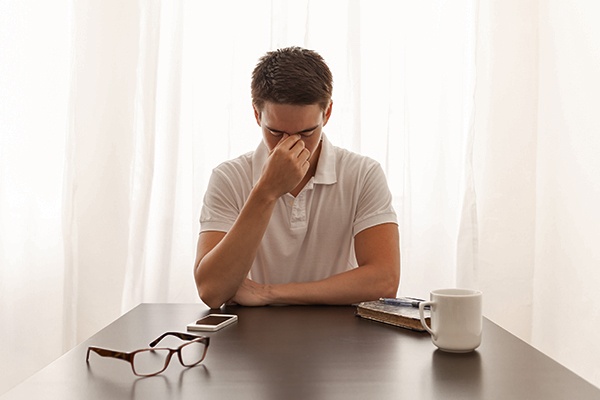
The signs and consequences of fatigue
Fatigue is a serious condition, not only causing unpleasant physiological and psychological effects for its sufferers, but also increasing the risk for dangerous errors as workers struggle to perform their jobs.
There are quite a few different consequences of fatigue, but generally, workers who are fatigued will:
- React slower than they need to
- Have difficulty with logic and judgement
- Find it difficult to concentrating
- Lose motivation and alertness
- Forget even important things
- Fail to respond appropriately to stimuli
- Make more mistakes and take unnecessary risks
It’s difficult to clearly demarcate when fatigue begins, but some of the common signs include:
- Tiredness and exhaustion
- Irritability
- Feeling depressed
- Dizziness or lightheadedness
- Lack of appetite
- Digestive problems
- Increased susceptibility to illness
When we take these symptoms into consideration, it’s easy to imagine how difficult it is for workers to maintain their levels of efficiency and skill throughout the work day or week—and how important it is for business owners to address the causes of fatigue in the work environment.
Causes and cures for fatigue
The cause of fatigue is multifactorial, and it’s affected by both work-related and non-work related influences that differ between individuals. Weekends of heavy drinking or extreme sport will obviously impact on a worker’s energy come Monday morning.
But diligent workers who have healthy and manageable lifestyles outside of working hours still suffer from fatigue, so it’s more than likely that the work environment is a major contributor.
Some of the factors implicated in fatigue include:
- Irregular and/or long working hours
- Boring, monotonous, or repetitive work, or a lack of stimulation
- Dim and inefficient lighting
- Tasks that demand long periods of concentration
- Poor air quality in the building
- High levels of noise in the workplace
- Uncomfortable temperatures

Complaints about these influences are appearing more and more frequently throughout Australia’s businesses during reviews of employee satisfaction and performance. Fatigue is reaching epidemic proportions in our society: as our industries change, our employees are finding themselves spending more hours every day inside and in front of a computer, and suffering a range of physiological and psychological problems—like Sick Building Syndrome (SBS)—that we’ve never seen before.
Luckily, there’s a simple cure for much of the morbidity associated with spending most of the day in a densely populated space: indoor plants.
Combatting fatigue with plantscapes
Plants are a miracle cure for many of the causes of worker fatigue, alleviating much of the pressure of contemporary working conditions. Many of the most common complaints about commercial workplaces—noise, poor ventilation, uncomfortable temperatures, lack of stimulation—can be reduced just by incorporating green spaces into the building.
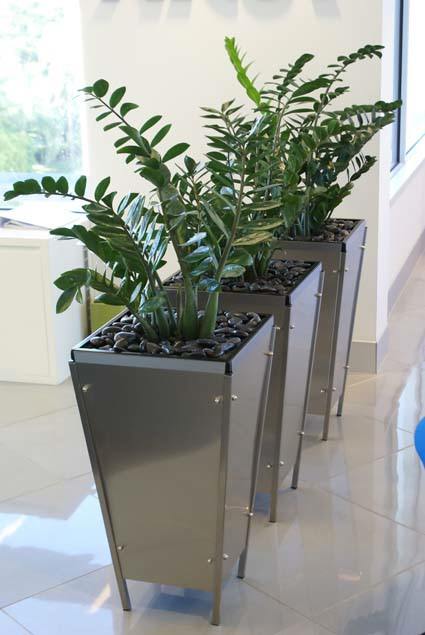
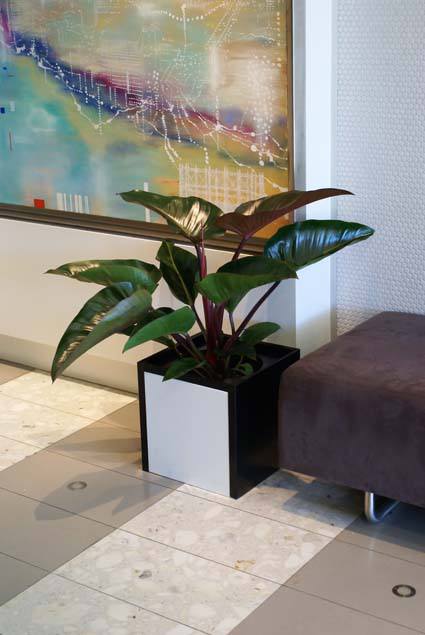
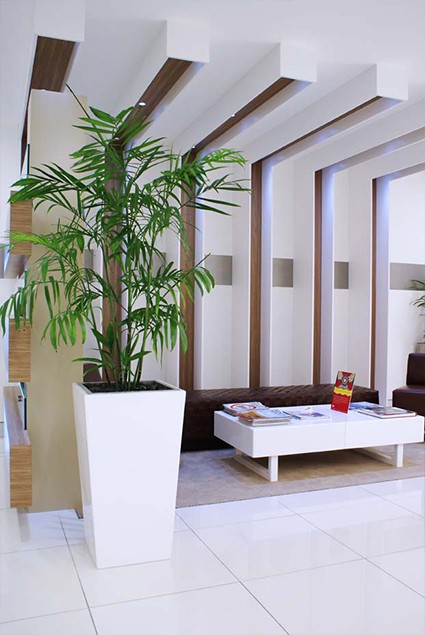
Well-designed plantscapes can measurably buffer both ambient noise and noise from equipment and workers’ conversations, helping to create a calmer and more relaxing environment.
They also provide a focal point of interest that serves as a visual rest for the eyes, keeping the brain alert and stimulated with an injection of colour. But more than anything, they give workers a break from a landscape of bland and unnatural colour, and bring a little bit of nature back to them.
Plants offer a visual, tactile, and sometimes old factory diversion from boring and demanding tasks. But even more important than this are the physiological benefits they offer. Since NASA’s Skylab project in the 1980s, a growing body of research has been supporting the fact that plants can significantly reduce levels of air pollutants. More recent research at the University of Technology Sydney continues to explore how plants remove as much as 70 per cent of contaminants from indoor air in both air-conditioned and non-air-conditioned buildings, including gaseous pollutants from synthetic materials in office furniture and equipment.
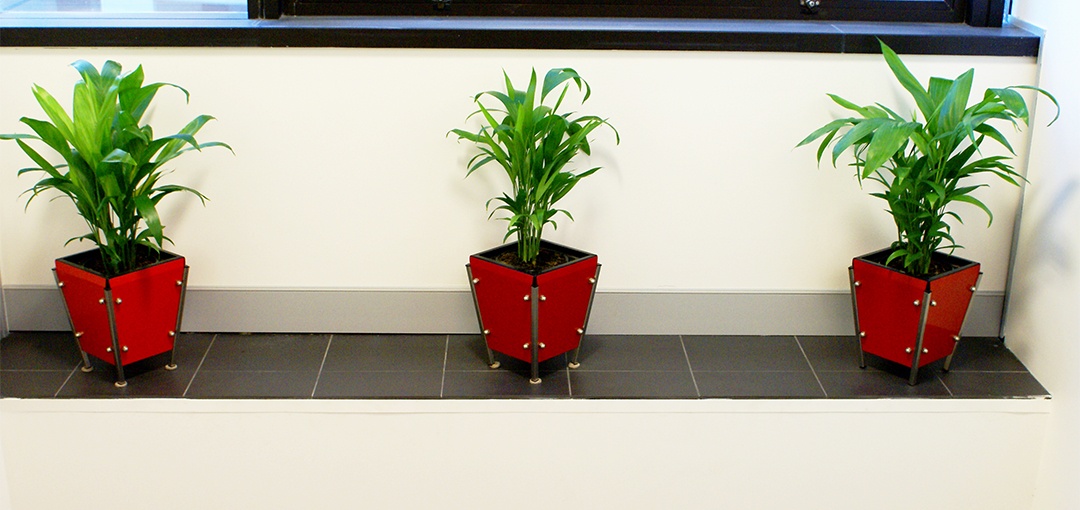
As our technology grows and develops, our workers will likely spend more and more time inside. But if we’re going to maintain sustainable and lucrative businesses, we need to manage the growing epidemic of worker fatigue and the new morbidities that our workplace habits are creating. Perhaps more alfresco office layouts will appear in the future, where workers have better access to open air and gardens; but until then, a simple solution to much of their isolation from nature is to bring more plants inside.
If you’re thinking about incorporating plantscapes into your workplace for stylish aesthetics and the best health benefits that nature has to offer, look to the experts at Prestigious Plantscapes. Our fully trained interior plant designers will be happy to help you combat worker fatigue with plantscapes that are fully customised to the unique needs of your business and commercial space, so contact us anytime for more information.

